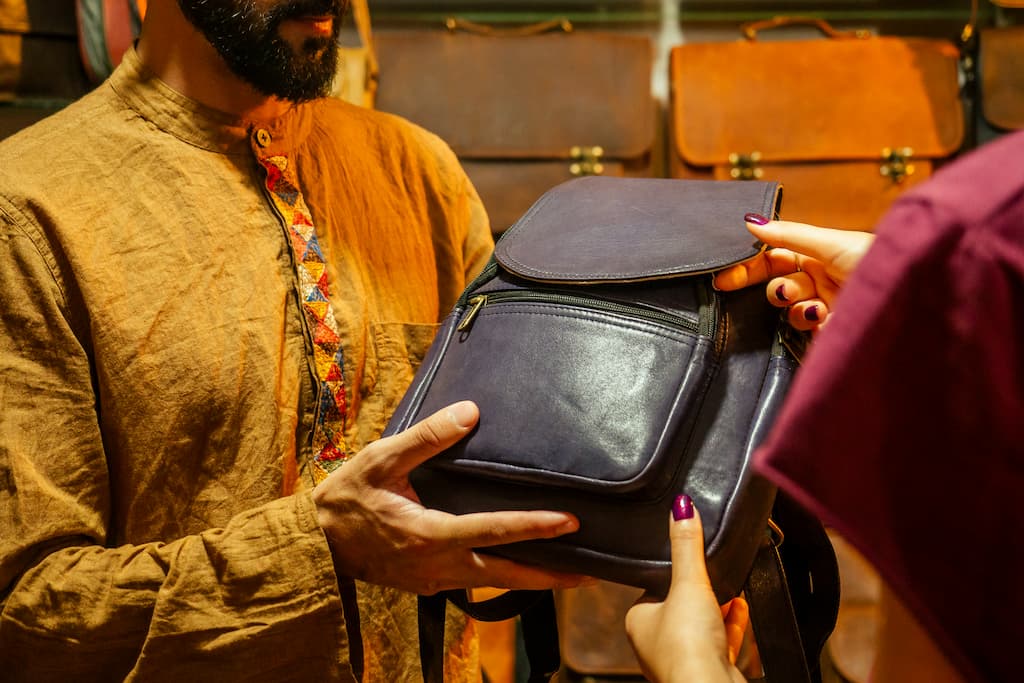Understanding infrigement: a major economic and legal challenge
What is infrigement?
Refers to any infringement of an intellectual property (IP) right without the owner's authorization. It may concern :
- Trademarks (copies of logos, trade names)
- Patents (reproduction of a protected invention)
- Designs (product design)
- Copyrights (artistic works, software...)
- Geographical indications (appellations d'origine, produits terroirs)
It's a crime that threatens innovation, competitiveness and corporate reputation. It is sometimes difficult to detect, but can be very damaging.
Pre-trial action : precautions and alternatives
Gather solid evidence
Before taking any legal action, it is crucial to document the infrigement. There are several ways to do this :
- Statement of purchase by a court commissioner : proof that the product is offered for sale.
- On-line detection : official capture of an infringing web page using a standardized procedure.
- Seizure : measure authorized by a judge, enabling the collection of material evidence (samples, accounting documents). It is a formidable tool in patent and trademark matters.
Formal notice: a strategic and mandatory step
A formal notice consists of formally alerting the alleged infringer, demanding the cessation of the illicit acts. This step is often useful for :
- Attempting an amicable resolution
- Preparing the ground for legal proceedings
- Show the judge that settlement efforts have been made
Mediation or arbitration: alternative solutions
Before or during a trial, alternative dispute resolution (ADR) methods such as mediation can prove effective.
- Mediation : a neutral third party helps the parties reach an agreement. This can lead to an enforceable memorandum of understanding.
- Arbitration : an arbitrator settles the dispute, but this route is not always open, particularly for questions concerning the validity of IP titles.
Infringement proceedings : a central tool for protecting rights
Why bring an infringement action ?
The infringement action has two main objectives :
- Ending the infringement of a right
- Obtaining compensation for damages
- It can also be of tactical interest: suspending the activities of an offending competitor, or applying pressure in negotiations.
Types of litigation
Forced litigation : you are summoned to court or a third party forces you to intervene.
Voluntary litigation : you initiate the action to defend your rights.
The trial can be civil, criminal or customs, depending on the seriousness of the facts and the strategy chosen.
Prepare your action to maximize your chances of success
Three essential elements must be present:
- A valid title (registered patent, trademark, etc.)
- Infrigement acts sufficiently characterized
- Solid, admissible evidence (thanks to careful preparation)
It's also strategic to target the right players (manufacturers, distributors...) and check their solvency, to avoid an "empty" victory.
Available judicial measures
Interim measures
Even before the final decision, you can request :
- Provisional prohibition of use of the disputed product
- Seizure of infringing goods or products
- Removing content from the Internet
These measures, which are often requested by way of a petition without notifying the opposing party, must respect the principle of proportionality.
Seizure for infrigement : a key evidentiary weapon
The infringement seizure allows :
- Collecting evidence of infrigement
- Evaluate its scope (quantities, circuits, benefits)
- Access production sites, files, stocks...
It is carried out with judicial authorization, by a bailiff, often accompanied by an expert. The operation must be strictly supervised to avoid any abuse or violation of business secrecy.
The crucial role of customs
Customs detention
Customs can intercept suspect goods at the border. If there is a suspicion of infrigement, a customs detention is set up, during which :
- The right holder is informed
- He has 10 days to take legal action
- Goods can be destroyed with the agreement of both parties
Customs seizure
If the owner doesn't come forward, or if fraud is suspected, customs can seize the goods and impose a substantial fine (up to 3 times the value of the products). This procedure protects the economic order, but does not directly compensate the victim of infrigement.
Infrigement : pitfalls to avoid and the right reflexes
Classic errors
Acting too late : evidence disappears, statutes of limitations run out
Lack of serious evidence : justice requires a minimum of plausibility
Ignoring business secrecy : illicitly obtained evidence may be rejected
Misidentifying those responsible : a distribution chain may involve several players
The right reflexes
- Register and maintain your IP rights (patents, trademarks, etc.)
- Monitor markets, trade fairs and the Internet for infringements
- Immediately document suspicious events
- Call in specialized professionals (IP lawyers, ICCs, bailiffs, etc.)
- Assessing amicable alternatives before initiating proceedings
Defend your rights to enhance the value of your creation
Fighting infrigement isn't just about defending yourself: it's about protecting the value of your innovations, ensuring your competitiveness and guaranteeing fairness in the marketplace. It's not always a question of going straight to court: every situation deserves a strategic analysis . With the right tools and specialist support, you can take effective action to enforce your rights.
